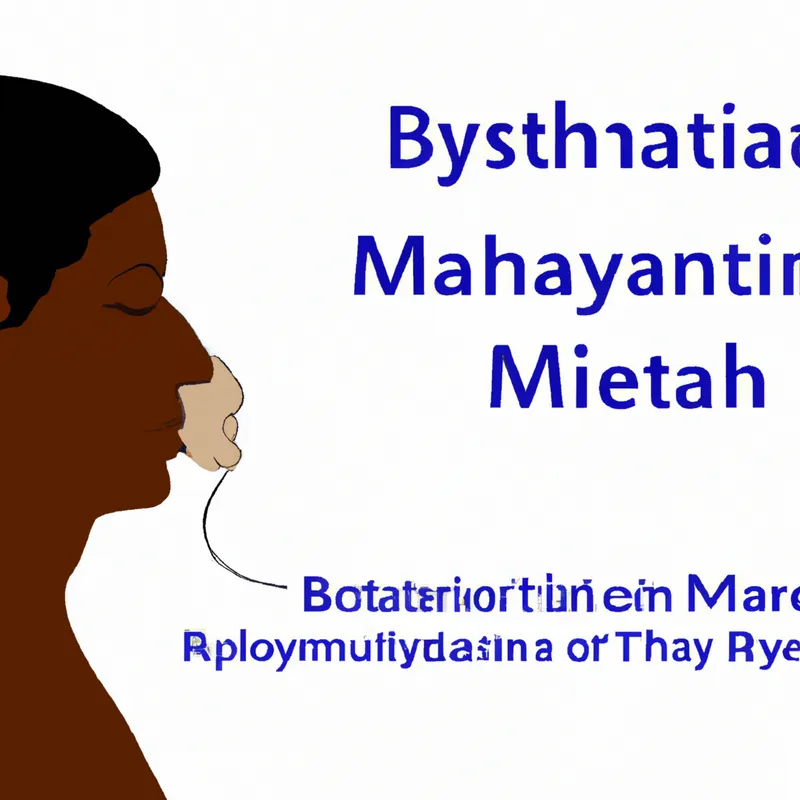Master Breathing for Stress Relief Today
The Science of Breath: Understanding the Benefits of Pranayama in Meditation
Breath exceeds biological function. It significantly influences mental and emotional well-being. Pranayama, an ancient breath control practice in yoga, offers profound benefits. Master your breath to enhance meditation and daily life. This blog explores pranayama’s science, benefits, and practice tips.
What is Pranayama?
Pranayama comes from Sanskrit words “prana,” meaning life force, and “ayama,” meaning control. This practice includes various breathing techniques that enhance prana flow. Practitioners can regulate breath, calm the mind, and improve health.
Types of Pranayama Techniques
1. **Ujjayi Breath**: Breathe in and out through the nose while constricting the throat. This technique promotes calmness and resembles ocean waves.
2. **Nadi Shodhana**: Alternate nostril breathing balances brain hemispheres, enhancing mental clarity.
3. **Kapalabhati**: Forceful exhalation followed by passive inhalation energizes the mind and clears the respiratory system.
The Role of Breath in Meditation
Breath serves as an anchor in meditation. It helps focus the mind and fosters relaxation. Concentrating on breath increases awareness of the present moment. This awareness reduces distractions and cultivates mindfulness.
Physiological Benefits of Pranayama
Pranayama provides numerous physiological benefits. It enhances lung capacity. Controlled breathing strengthens respiratory muscles and increases oxygen intake. Your body becomes more efficient at using oxygen.
Pranayama also reduces stress. Deep breathing activates the parasympathetic nervous system, promoting relaxation. This activation lowers heart rate and blood pressure, helping you feel at ease.
Additionally, pranayama improves digestion. Certain techniques stimulate abdominal organs, enhancing digestive function and nutrient absorption. You may experience increased energy and overall health.
Psychological Benefits of Pranayama
Pranayama profoundly impacts mental health. It reduces anxiety. Focusing on breath calms racing thoughts and fosters peace.
Moreover, pranayama enhances emotional regulation. Breath control teaches you to manage responses to stress. This skill fosters resilience and emotional stability.
Pranayama also promotes clarity of thought. Deep breathing increases oxygen to the brain. This boost improves cognitive function and decision-making.
Tips for Incorporating Pranayama into Your Meditation Practice
1. **Create a Comfortable Space**: Find a quiet spot to sit or lie down without distractions. This space helps you focus on breath.
2. **Start Slow**: If new to pranayama, practice short sessions. Begin with five minutes and gradually increase duration.
3. **Combine with Meditation**: Start meditation with pranayama. Use it as a warm-up to prepare for deeper meditation.
4. **Stay Consistent**: Consistency is key. Incorporate pranayama into your daily routine for significant improvements.
Advice for Beginners
If new to pranayama, seek guidance from a qualified instructor. They provide personalized feedback and ensure safe practice. Listen to your body. If discomfort arises, adjust your approach or try another method.
Benefits of Regular Pranayama Practice
Regular pranayama practice extends benefits beyond meditation. Many practitioners report improved sleep quality. Controlling breath calms the mind, easing sleep.
Pranayama also enhances overall well-being. Regular practice fosters a deeper mind-body connection, encouraging mindfulness.
Finally, pranayama can deepen your spiritual practice. Attuning to your breath brings greater clarity and purpose. This awareness leads to transformative experiences on and off the mat.
Conclusion
Pranayama is a powerful tool for enhancing physiological and psychological health. Master breath control to unlock numerous benefits that enrich meditation and daily life. Start small, stay consistent, and enjoy the journey. Embrace the science of breath, and transform your mind, body, and spirit.
Below are related products based on this post:
FAQ
What is the purpose of Pranayama in meditation?
Pranayama serves as an anchor in meditation, helping to focus the mind and foster relaxation. By concentrating on breath, practitioners increase their awareness of the present moment, which reduces distractions and cultivates mindfulness.
What are some physiological benefits of practicing Pranayama?
Pranayama enhances lung capacity, reduces stress by activating the parasympathetic nervous system, and improves digestion. These benefits lead to increased energy and overall better health.
How can beginners effectively incorporate Pranayama into their practice?
Beginners should start by creating a comfortable space for practice, begin with short sessions, and combine pranayama with meditation. Consistency is key, and seeking guidance from a qualified instructor can help ensure safe practice and personalized feedback.















Post Comment